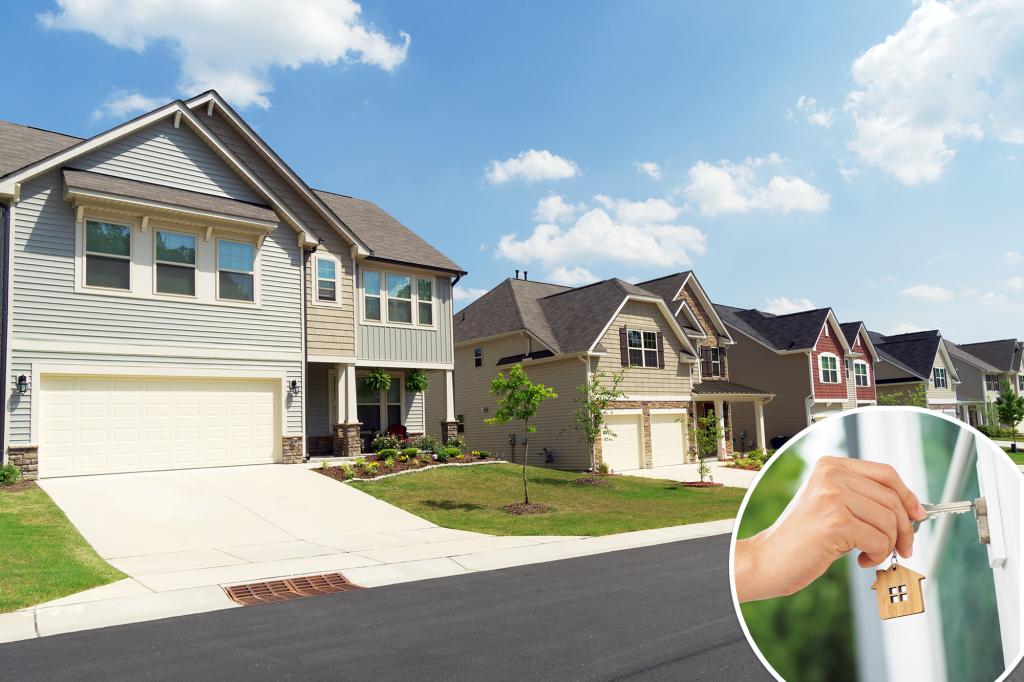Homeownership is about to cost an arm, a leg — and a second salary.
A new analysis from HireAHelper, using Redfin housing data, paints a sobering picture of the next housing decade: by 2030, the cost of a median home will far exceed income growth in every US state.
The national median home price is projected to climb to $615,103 by decade’s end, while income gains lag behind — leaving households across the country priced out of homeownership unless their earnings rise dramatically.
Nowhere is the affordability crunch more severe than in Montana, where home prices are forecast to hit roughly $932,584.
To keep up, the average household income would need to jump by an eye-popping 144%, reaching nearly $191,000.
Once considered a haven of affordable living, the state’s housing market has spiraled upward amid a pandemic-fueled influx of remote workers.
California, long a poster child for housing sticker shock, isn’t far behind. The Golden State is projected to see its median home price climb to more than $1.23 million, requiring households to bring in more than $250,000 annually — nearly a 140% increase in average salary — to afford a typical property.
While California boasts some of the country’s highest wages, they haven’t kept pace with the runaway market, the report notes.
New York, to no one’s surprise, is also poised for a pricing crunch.
By 2030, the median home is expected to cost more than $780,000, while the income needed to buy it will need to surge past $179,000 — a 103% leap. Much of that growth is concentrated in dense metro areas like New York City, where demand continues to outstrip supply.
Rhode Island and New Jersey round out the top five states with the biggest affordability gaps.
In Rhode Island, median home prices could approach $855,000, with income requirements nearing $190,000 — a near doubling of current average earnings.
And in New Jersey, residents will need to earn more than $210,000 annually to manage projected housing costs nearing $845,000. That would make it the second-most expensive state in terms of income required to afford a home, behind California.
Even states not typically associated with sky-high real estate markets are feeling the squeeze.
New Hampshire’s projected home prices — just over $832,000 — would necessitate nearly $196,000 in annual income, while Utah’s median home price is set to surpass $958,000.
Washington State, where housing demand remains strong in cities like Seattle, is expected to see median home prices top $900,000, with income needs nearing $187,000 — up 79% from today.
